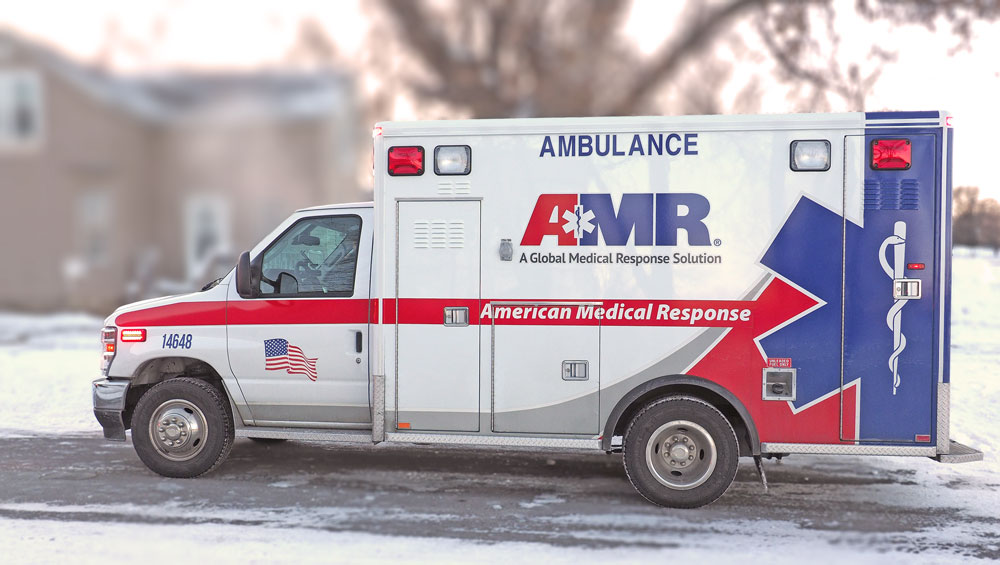Damar Hamlin’s near-death experience evokes painful memory
By John Burbridge
sports@charlescitypress.com
It’s hard to believe … there has only been one National Football League player death during a game.
You can argue maladies sustained during a typical NFL career may contribute to shorter life spans. And we would be amiss if we didn’t mention the running average of more than 12 football-related deaths per year in high school and college.
But only one so far in the NFL.
Detroit Lions wide receiver Chuck Hughes died during a regular-season game played Oct. 24, 1971 against the Chicago Bears, a division rival within what was then called the NFC Central.
Taking place at Tiger Stadium, the Bears were up by 5, but with less than two minutes remaining in regulation, the Lions were able to advance into Bear territory with a 32-yard pass reception from Hughes — it would prove to be the longest of his pro career.
Three plays later with a last shot to stay alive, the Lions’ huddle found itself a player short — Hughes had collapsed face-down into the muck along the battle-stirred 20-yard line.
An autopsy determined that Hughes had advanced arteriosclerosis which caused a blood clot to form and dislodge into a large artery leading to Hughes’s heart. The resulting heart attack killed Hughes instantly. He was 28 years old.
According to a story posted by Yahoo! Sports, Hughes suffered a heart attack during the preseason yet still got clearance to play. That’s hard to believe, too. And in case you were wondering … yeah … they finished the game with the Bears hanging on to win 28-23.
When Buffalo Bills safety Damar Hamlin’s heart stopped shortly after making a routine tackle during a Jan. 2 Monday Night Football game against Cincinnati, it was similar in some ways to the tragedy that befell Hughes, but varied in others.
For one (Thank Goodness), Hamlin was resuscitated and reportedly has been making progress under medical care. Also, Hamlin’s heart stopped after sustaining impactful contact — Bengal receiver Tee Higgins lowered his right shoulder into Hamlin’s chest while finishing off a 13-yard pass play. Hughes’s heart stoppage wasn’t caused by contact.
The news of Hamlin’s near-death experience evoked a disturbing memory from the formative years of my journalism career. It was in 1998 so I’ll let you do the math in determining how much younger I was, though I should note that I was already experienced with about four years working as a contributing editor at a large daily newspaper under my soon-to-be-expanding belt.
I was covering a karate tournament held at the Hammond Civic Center. It was nothing like you regularly see at UFC mixed martial arts cards where the action includes rear-naked chokes, roundhouse kicks, bolo punches and combatants getting pummeled even with their backs on the canvas.
There was contact during this tournament, meaning punches and kicks were thrown and landed, but at only one scoring blow at a time. The sparring format had the combatants face each other at two-limbs’ length while waiting for the referee’s signal to engage. When the referee determines that a blow has been scored during engagement, the bout is immediately stopped allowing the referee and two judges peripheral to the action to award points — either 1, 2 or 3 depending on the blow being scored to the head or body, and achieved by way of punch or kick. Bouts were scored up to 5.
Combatants wore knee-pad-like gloves on their hands and foam guards on their feet and shins. They also wore headgear but no chest gear which is usually staple protection at karate and taekwondo tournaments.
An accomplished 14-year-old martial artist from Ohio, in a bout against one of his best friends, took a scoring punch to the chest — punches needed to be crisp, straight and in control. “Haymakers” get you disqualified.
After the point was awarded, the combatants took their stances again in wait for the referee’s engagement signal.
But much like Hamlin did after tackling Higgins … getting to his feet and adjusting his helmet to get ready for the next play … the martial artist collapsed after taking his stance.
CPR was administered and an ambulance was called. While resuscitation was being attempted, the boy’s father called out his name over and over “Come on ___! … Come on ___! …” like any other parent cheering for their kid at a sporting event.
His son didn’t make it.
I followed the story to the hospital where the young man was pronounced dead. It was ruled a case of commotio cordis, a condition when an ill-timed blow to the chest causes the heartbeat to quiver leading to cardiac arrest.
As a reporter covering the event, I felt it was my “Do Your Job” obligation to gather as much information as possible. So I guess you could say that’s why I approached the grieving father less than 15 minutes after he learned of his son’s death.
“Sir, I’m a reporter from the Hammond Times,” I heard myself saying to him. “I’m very sorry for your loss, but would you care to say something on behalf of your son.”
The father looked at me with moist gimlet eyes matching the shade of his large ruddy face. The “rouge” could have been reared from the tears he was still shedding, the anguished fatigue in wake of a futile attempt to cheer his son back to life, and/or … just as likely … an incredulous rage percolating in the face of such brazen impertinence.
“He was a national champion and the greatest son in the world,” he said before someone had the good sense to lead him away from the Epitome of All that is Media Septic Tank Malodorous.
When I returned to the office, I told our night-time news editor of the tragedy. The tournament was budgeted for our sports page but the death bumped it to the front page. When I mentioned that I got a quote from the surviving father (You did!) it was elevated to the top of the front.
Looking back at what I did makes me shudder, still. What was I thinking?
I was young(er) back then but, as mentioned, experienced. I can never chalk up the nerve of approaching a grieving parent so soon after his son’s death as merely a rookie mistake.
Hopefully, Damar Hamlin will recover enough to enjoy a high quality of life but he will likely never play football again. A tough blow for a young man who has dedicated his life to pursue a challenging and tenuous profession.
Maybe someday he’ll open up about the incident, the subsequent recovery and the adjustments he’s had to make to his life. But that’s for him and his family to decide.
I’ve come to know the importance of respecting their privacy.









Social Share